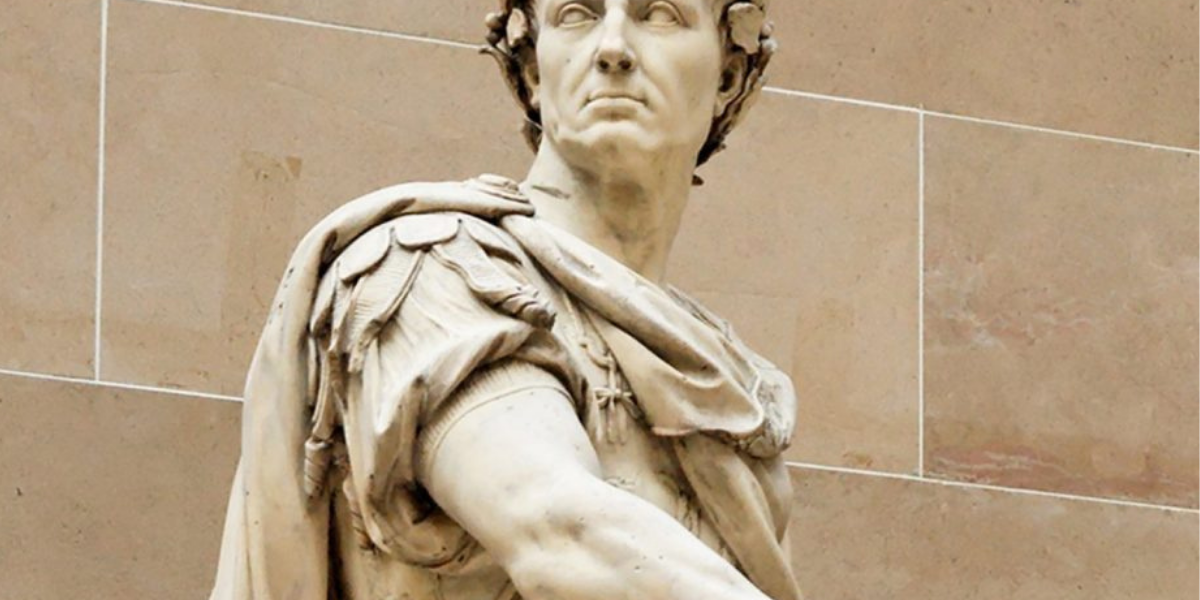
Famous Roman dictator Julius Caesar’s perfume recreated
The famous Roman dictator Julius Caesar’s “Telinum” perfume has been recreated by the Fragrance Culture and Tourism Association, which promotes ancient perfumes.
According to research, Romans loved perfumes with simple formulas. Rhodium, made with rose oil and the sweat of gladiators, was the most widely used formula in ancient Rome. Because the dirt and sweat of gladiators, rather than their blood, was valuable enough to be used in sculpture and painting.
In ancient Rome, rhodium with roses, narcissus, crocus with saffron, as well as metopyum with bitter almonds were among the most popular perfume mixtures.
However, the scent of an emperor would undoubtedly be more special and different. Especially high-ranking rulers, generals, priests and the rich would import different perfumes from all over the world to smell different from everyone else, or order the leading perfumers of the age to make special perfumes for them.
This special study was carried out under the supervision of Assoc. Prof. Dr. Cenker Atila from Sivas Cumhuriyet University Department of Archaeology, with the support of Milanese perfumers and the expertise of renowned Perfume Designer Bihter Türkan Ergül.

The perfume, which is the product of a long work, contains ancient scents from rock rose to citrus, oud to amber. The perfume will be available simultaneously in Türkiye, France and Italy from October.
The Fragrance Culture and Tourism Association made a statement about the new perfume, saying that Caesar (100 – 44 BC), who visited all of Europe, Anatolia, Greece, the Aegean islands and Egypt during his years as a general, was extremely popular in the Mediterranean world in ancient times and had great commercial potential.
“Caesar was a very famous general and dictator and always attracted public attention with his lifestyle and dress. The perfumes he used were also followed with great interest by the public. What Caesar smelled like, what was in his perfume, where he bought his perfume or who made it for him was always a matter of great curiosity. According to the information provided by both ancient writers and the works of his close friends, the contents of his perfumes have been largely determined. This perfume, signed by perfume designer Ergül, consists of fragrances determined in the light of archaeological and historical data.”
The association said that in addition to fragrances such as mint, rose, lemon, bergamot, lavender, jasmine, lotus, violet, oud, cedar wood, patchouli and amber, the perfume contains iris flower and rock rose, which were highly sought after and hard to find in ancient times.
You may also like
- A 1700-year-old statue of Pan unearthed during the excavations at Polyeuktos in İstanbul
- The granary was found in the ancient city of Sebaste, founded by the first Roman emperor Augustus
- Donalar Kale Kapı Rock Tomb or Donalar Rock Tomb
- Theater emerges as works continue in ancient city of Perinthos
- Urartian King Argishti’s bronze shield revealed the name of an unknown country
- The religious center of Lycia, the ancient city of Letoon
- Who were the Luwians?
- A new study brings a fresh perspective on the Anatolian origin of the Indo-European languages
- Perhaps the oldest thermal treatment center in the world, which has been in continuous use for 2000 years -Basilica Therma Roman Bath or King’s Daughter-
- The largest synagogue of the ancient world, located in the ancient city of Sardis, is being restored











Leave a Reply